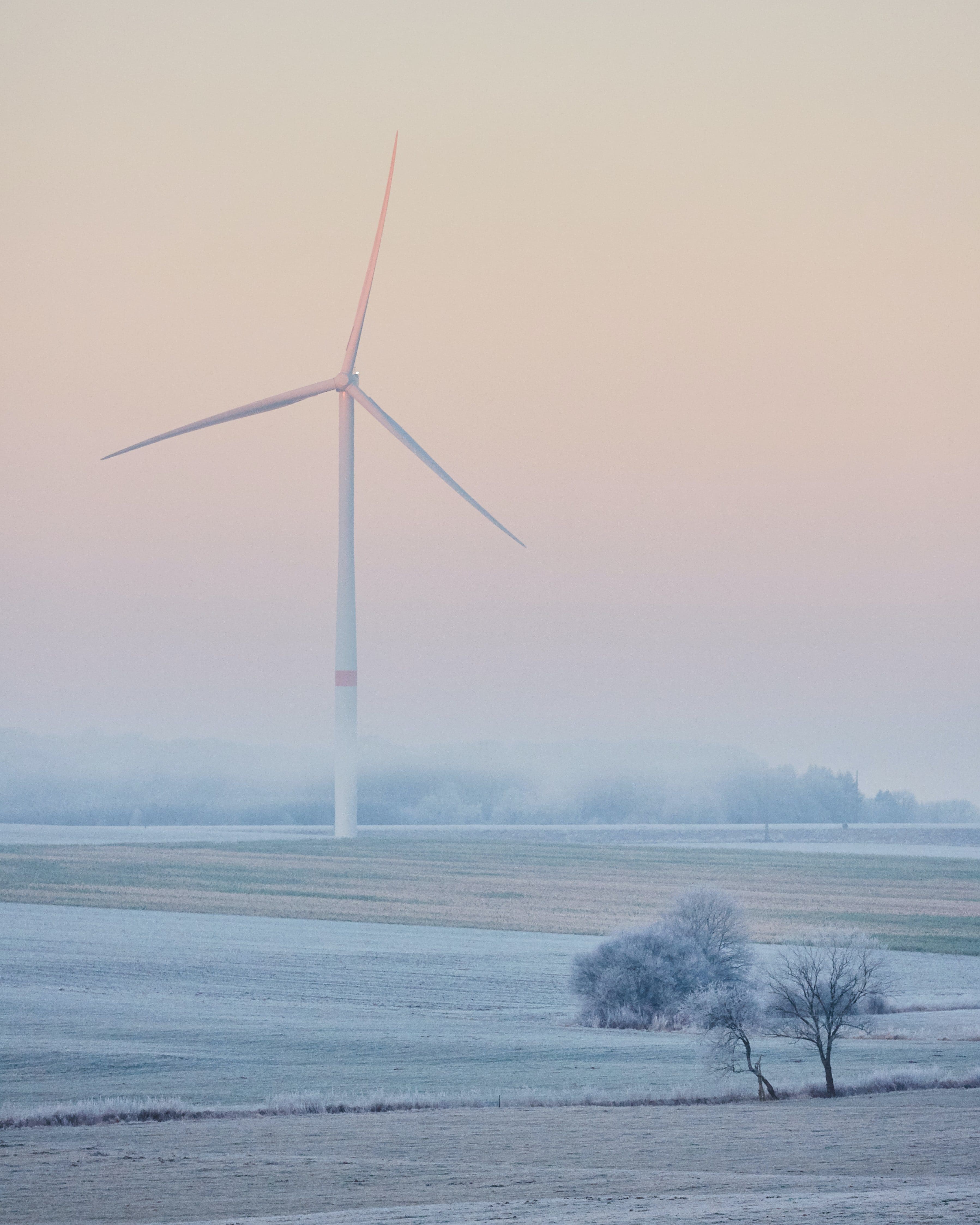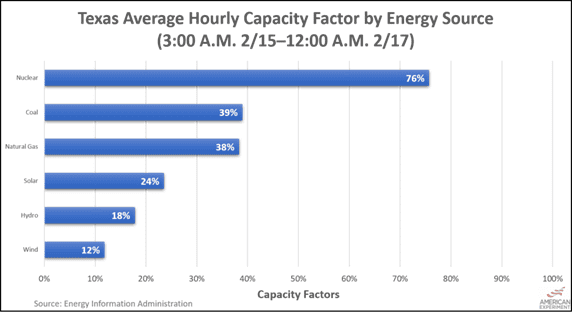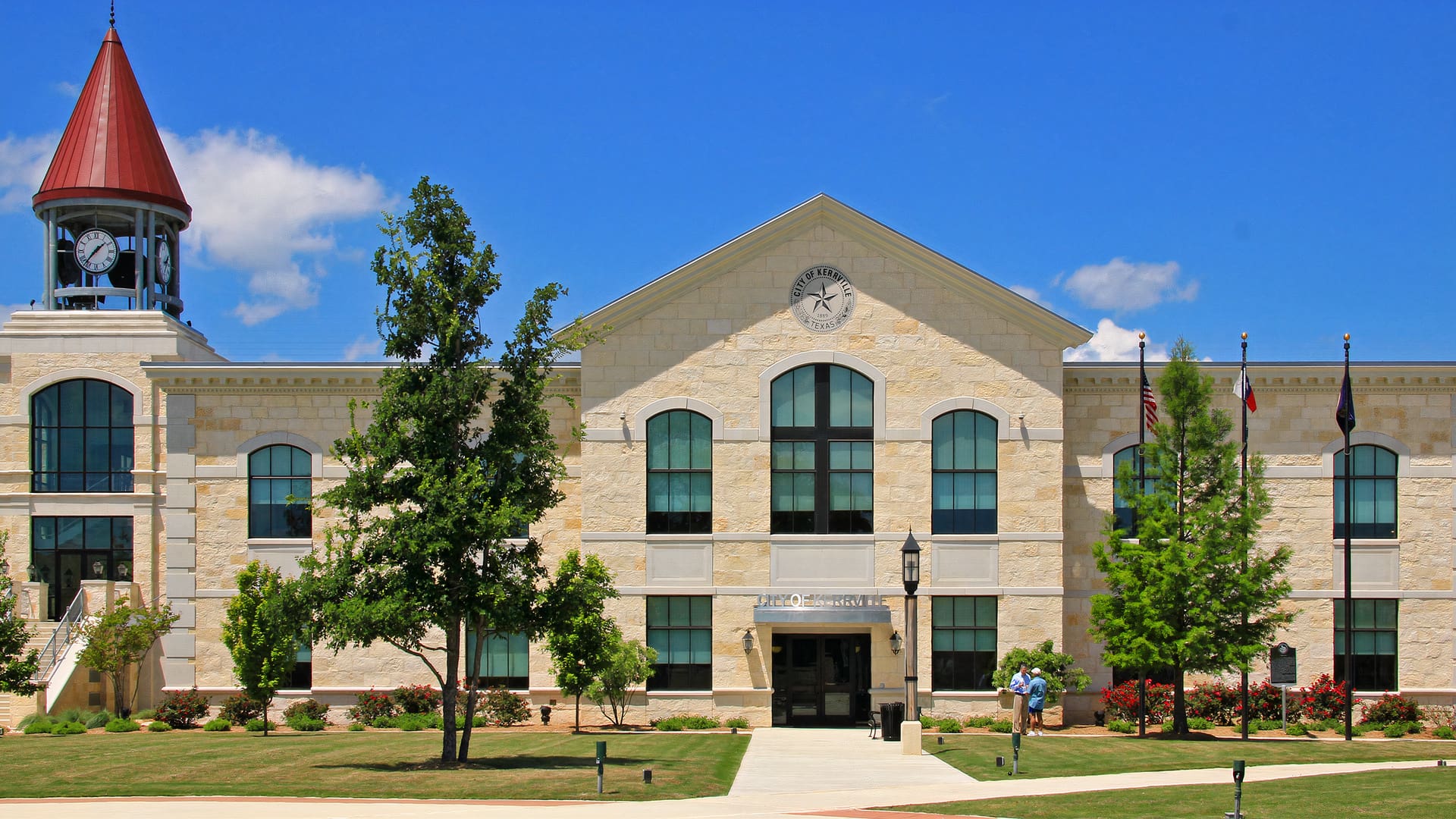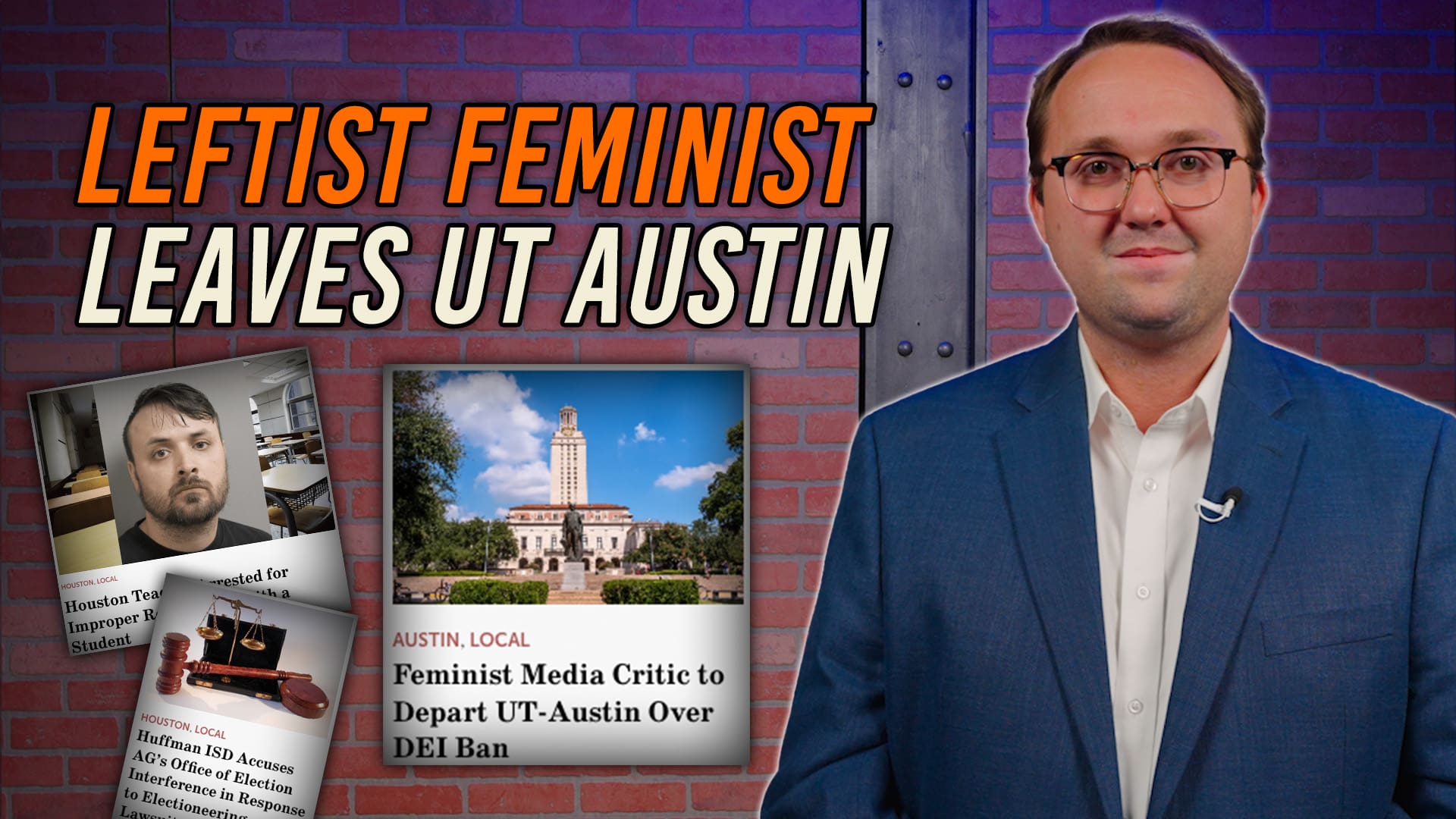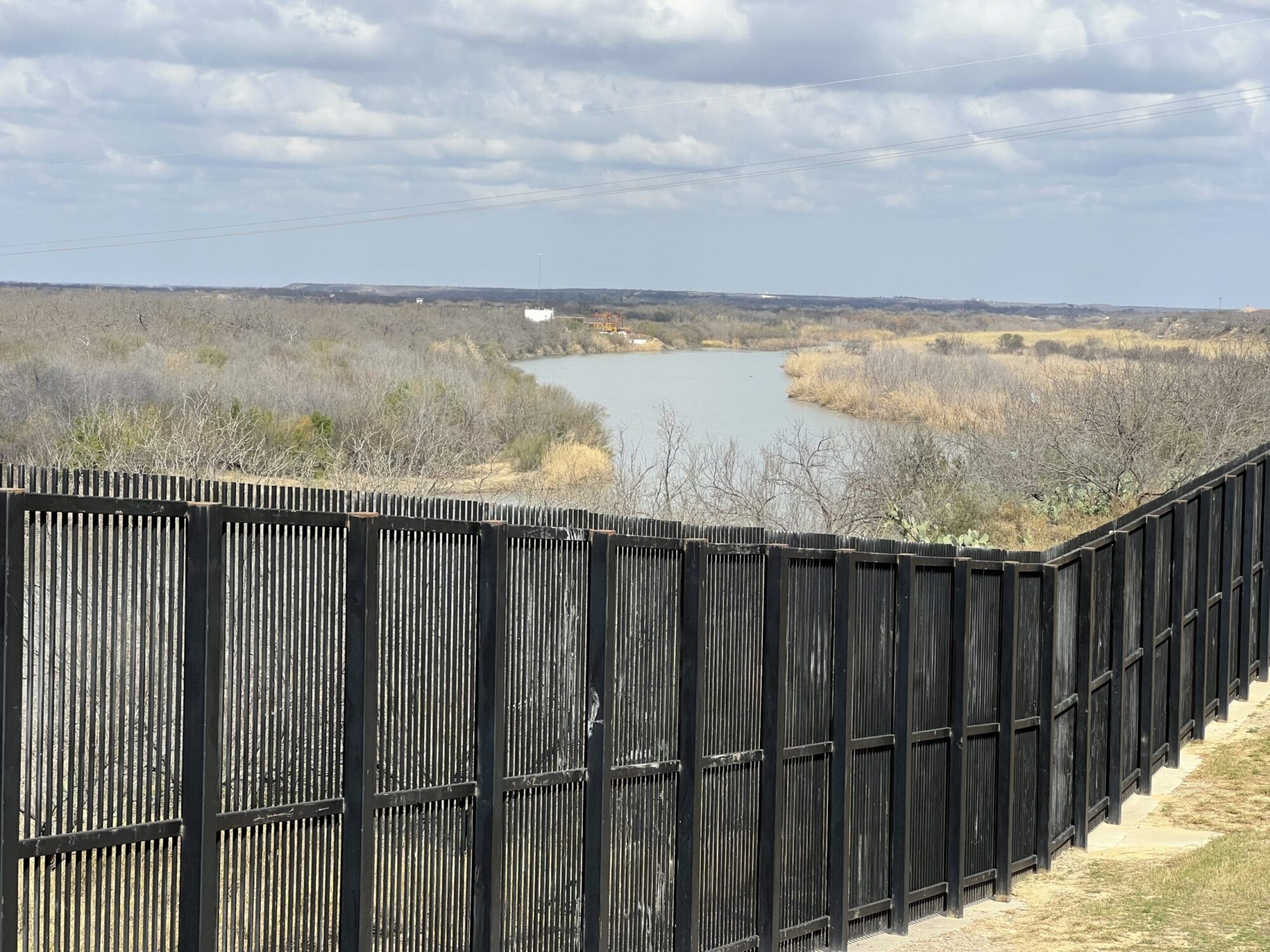This is the first installment in a series on the recent Texas power outages.
Have you ever noticed that the mainstream media and liberal politicians almost always say the exact same thing when something goes wrong with their narrative that only progressivism can save America?
Leaving aside for another time how they coordinate so well, they are at it again when it comes to trying to absolve renewable energy from the blame for last week’s Texas blackouts.
For instance, the Austin American-Statesman dredged up one of the liberals’ most-hated figures, Ken Lay, to lay the blame for the blackouts on markets:
Crossing out the “Dear Governor Bush” typed by his secretary, and penciling in “Dear George” in its place, he wrote to invite Bush to musicals, commiserate over knee surgery, thank the governor for a Christmas gift — and lay out the “benefits of competition” that electricity deregulation would bring.
“We have already glimpsed this energy future, and it works,” Lay, who died in 2006 shortly after being convicted of a massive securities fraud, wrote to Bush in 1996, a year after Texas lawmakers had started to dismantle the electric utility monopolies.
Twenty-five years later, a fierce debate has erupted about whether the deregulation of the Texas electricity market contributed to the most calamitous week in recent Texas history, one that saw millions of Texans desperate and shellshocked as they sought out the most basic comforts of modern civilization — food, water, heat.
As usual, their narrative does not quite fit the facts. The nearby chart from the Center of the American Experiment, displays the truth better than anything else I’ve seen. Mitchell Rolling explains: “As you can see, the top three performing energy sources during the energy crisis in Texas were all fuel-based energy sources: nuclear, coal, and natural gas. On average, these three energy sources alone provided over 91 percent of all electricity generated throughout the energy emergency, as the graph below shows. Without these energy sources on the grid providing the bulk of electricity, the situation in Texas would have gone from bad to worse.”
The Texas Tribune, an online news outlet based in Austin, has blamed markets, Republicans, and Texas’ relatively limited government in its attempt to deflect blame from progressivism and renewables:
Electricity here is cheaper than many other places, and it works, most of the time. But at some point, the corners we cut to keep electricity prices low turn into reliability problems. The cost-cutting shows up in the quality of the product. And the product, when it comes to infrastructure, is critical to the quality of life and the economy.
It’s a great state with a faltering state government. The political people running things too often worry more about their popularity than about their work. Too many of them are better at politics than they are at governing. And governing is the only real reason any of the rest of us have any interest in them.
Lest we get too distracted by the Tribune’s faltering arguments, Robert Bryce points us back to the real challenge facing Texans (and Americans) today:
The massive blast of Siberia-like cold that is wreaking havoc across North America is proving that if we humans want to keep surviving frigid winters, we are going to have to keep burning natural gas — and lots of it — for decades to come.
That cold reality contradicts the “electrify everything” scenario that’s being promoted by climate change activists, politicians, and academics. They claim that to avert the possibility of catastrophic climate change, we must stop burning hydrocarbons and convert all of our transportation, residential, commercial, and industrial systems so that they are powered solely on electricity, with most of that juice coming, of course, from forests of wind turbines and oceans of solar panels.
But attempting to electrify everything would concentrate our energy risks on an electricity grid that is already breaking under the surge in demand caused by the crazy cold weather. Across America, countless people don’t have electricity. I’m one of them. Our power here in central Austin went out at about 3 am. I am writing this under a blanket, have multiple layers of clothes on, and am nervously watching my laptop’s battery indicator.
I could go on. But I’ll stop here. There are plenty of facts that point to a combination of liberalism, corporate cronyism, and leftist environmental activism as what put Texans in the situation we face today. That is a sad statement to make for those of us who like to think of Texas as a conservative state.
But all is not lost. The Texas Legislature can restore sanity to the Texas electric grid by eliminating all subsidies and benefits for renewables in Texas, directing the PUC to require that wind and solar operators rather than consumers bear the costs their intermittency and federal subsidies impose on the grid, and ending the PUC’s constant intervention in the Texas electric market—like the electricity tax that cost Texans $3.6 billion in 2019. The Texas Legislature must act decisively this year to implement free-market reforms, or the situation will only get worse.
This is a commentary published with the author’s permission. If you wish to submit a commentary to Texas Scorecard, please submit your article to submission@texasscorecard.com.
